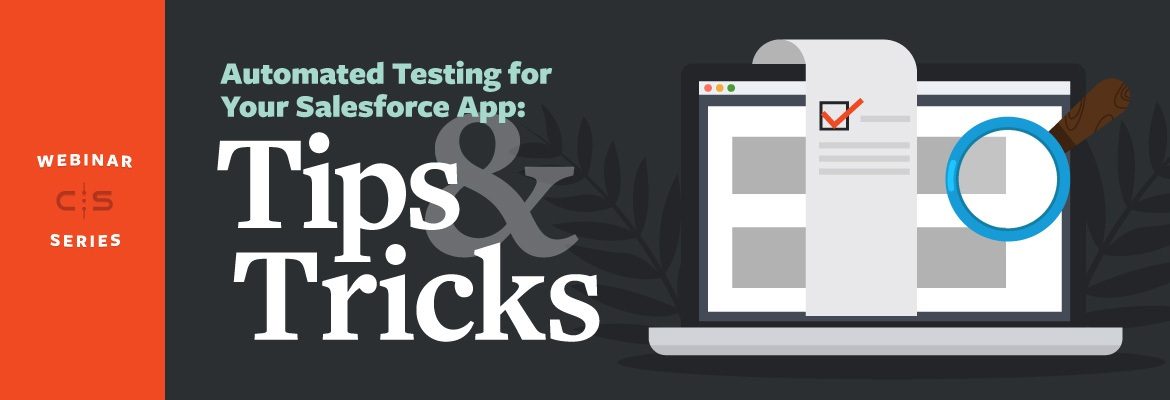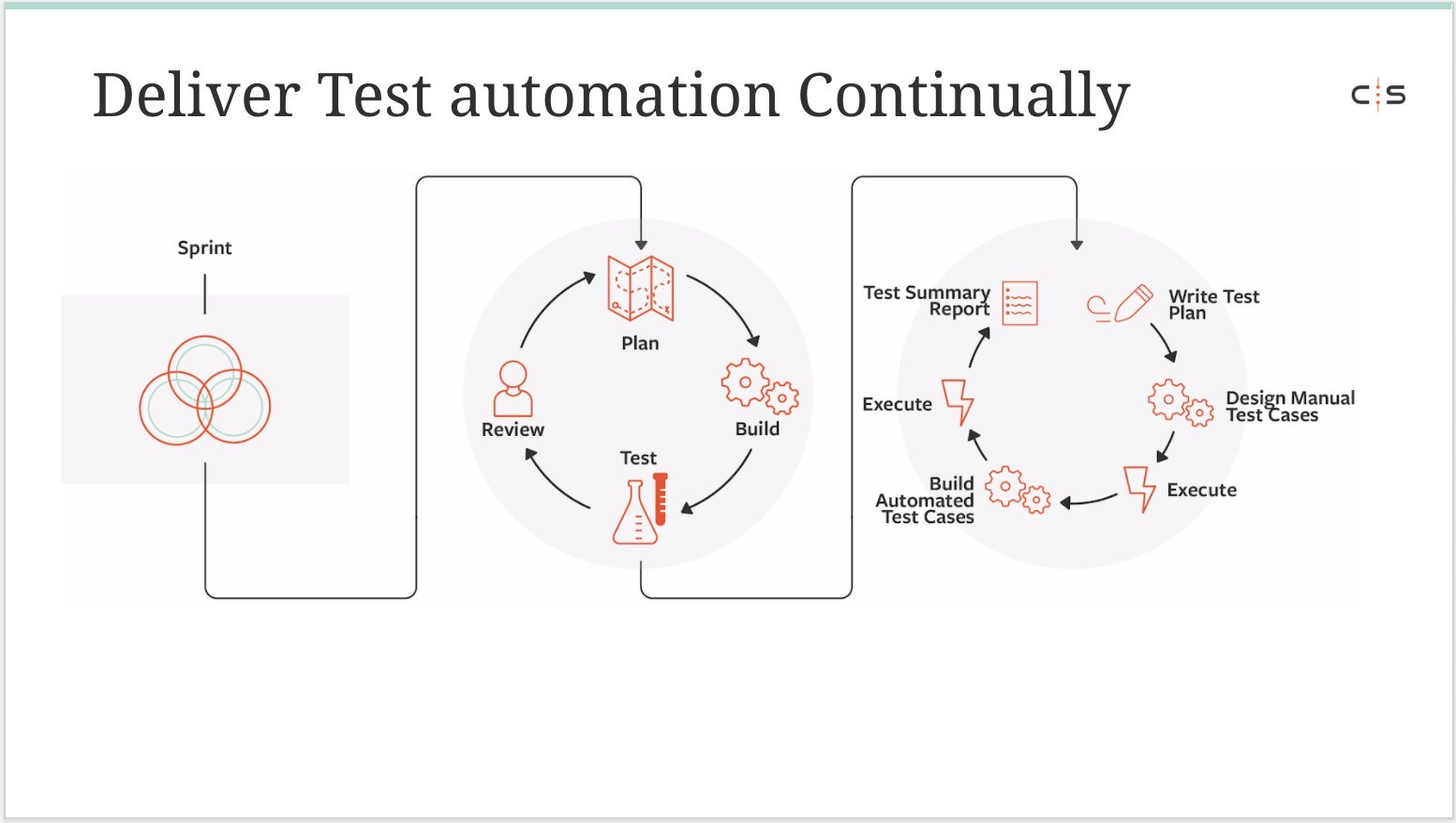
There are plenty of advantages for building apps on Salesforce. From faster time to market to community resources to accessing significant install bases, partnering with Salesforce can be the ticket to tremendous growth for any business. Along with the advantages of building on the Salesforce platform, however, there are nuances that can present challenges if you’re not prepared to navigate them.
We designed our tech webinar series to help shed light on some of the more complex topics and challenges associated with building on Salesforce. Throughout this series, we will have CodeScience experts share their experience and insights on core Salesforce functionality and key considerations to key in mind as you build products.
For our first tech webinar, Automated Testing for Your Salesforce App: Tips and Tricks, CodeScience Quality Leads Radhika Manne and Pat Meeker provide an overview of testing for Salesforce apps, tips for leveraging automated testing, and ways to streamline your overall testing program.
Seeing the Big Picture
One of the biggest benefits provided by building on Salesforce is the infrastructure the platform provides. Things like storage, data configurations, and security are already taken care of, meaning reliable apps are easier to get to market. On the flipside, however, building a testing program for Salesforce can be a little tricky.
“Salesforce features should be tested in multiple environments depending on customer needs and application demands,” explains Radhika. “The right processes and combination of toolsets mean testing efforts can be balanced, ensuring testing isn’t hurried and providing more agility to app development.”
Making the Most of Automated Testing
Pat and Radhika continue the discussion to focus on two main benefits of automating app testing. First, automated testing frees up development resources to focus on more exploratory testing, which can be helpful for tracking down new bugs. Second, automated testing allows for more regression testing at key points in development. Manual regression tests, however, can be time intensive and even delay getting a hot fix into place. Automating regression tests can allow your teams to keep hot fixes and product releases on track.
At CodeScience, Pat and Radhika use a tried and true process of incremental testing within development sprints. As shown in the graphic below, sprint testing requires a combination of manual and automated testing. During each sprint, testing needs are assessed and identified for either manual testing or automation.

Based on this incremental testing approach, there are several key takeaways product teams can use to implement automated testing. Radhika highlights insights, including:
- What types of tests to automate
- Strategies for automated test planning
- Appropriate timing for automated tests
- Proper testing environments, and more.
Following these tips, Pat offers key insights into the patterns and processes of Salesforce that can help influence a devops and testing strategy before moving into a discussion of the reasons to automate key tests.
Why Automate?
Manual testing will always be a part of an app development strategy. However, it’s important for several key reasons to understand when and where to use manual testing. When tests are solely manual, key challenges around time, speed, coverage, and the likelihood of human error become more significant.
“Many of the challenges of manual testing can be addressed with automated testing,” adds Pat. “A key example is time — automated tests can process much faster than a human can and remove the need for monotonous, sometimes frustrating repeated testing.”
Watch the full webinar today to unlock all the insights from the CodeScience Quality Engineering team!
Companies build their Salesforce businesses better with CodeScience. It is our mission that no ISV navigates Salesforce alone. If you’re looking for guidance on your product, help supporting your customers, or just need to ask an expert, get in touch today!


